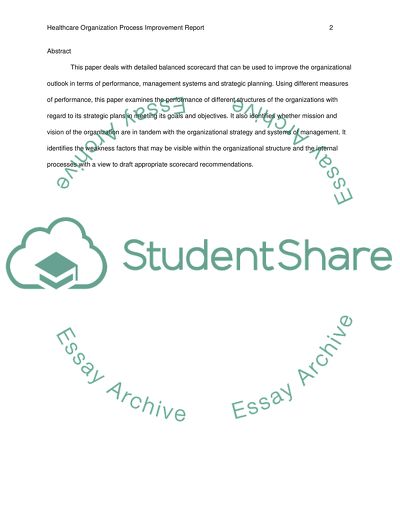Cite this document
(“Healthcare Organization Process Improvement Report Term Paper”, n.d.)
Healthcare Organization Process Improvement Report Term Paper. Retrieved from https://studentshare.org/health-sciences-medicine/1617224-healthcare-organization-process-improvement-report
Healthcare Organization Process Improvement Report Term Paper. Retrieved from https://studentshare.org/health-sciences-medicine/1617224-healthcare-organization-process-improvement-report
(Healthcare Organization Process Improvement Report Term Paper)
Healthcare Organization Process Improvement Report Term Paper. https://studentshare.org/health-sciences-medicine/1617224-healthcare-organization-process-improvement-report.
Healthcare Organization Process Improvement Report Term Paper. https://studentshare.org/health-sciences-medicine/1617224-healthcare-organization-process-improvement-report.
“Healthcare Organization Process Improvement Report Term Paper”, n.d. https://studentshare.org/health-sciences-medicine/1617224-healthcare-organization-process-improvement-report.


